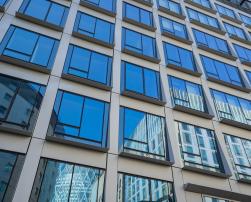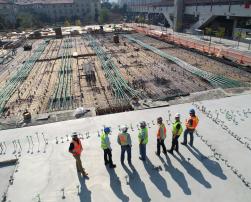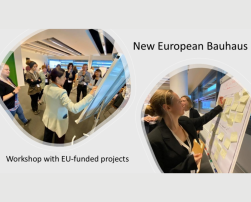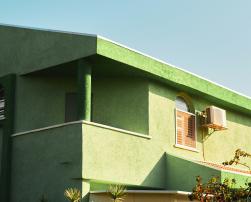
In BUILD UP we want that everyone feels involved. That is what the Topic of the Month is for, so all the community can contribute with articles, events and much more under the same topic. This month, the ToM is "Circular construction for a sustainable building sector".






